Five new solar technologies to change the future energy pattern
 namkoo solar
namkoo solar
Five new solar technologies to change the future energy pattern
Solar energy has become the king of electricity ", the International Energy Agency declared in its 2020 report. Experts from the International Energy Agency predict that the global solar power generation capacity in the next 20 years will be 8-13 times that of today. New solar panel technology will only accelerate the rise of the solar industry. So what are these innovations? Let's take a look at the cutting-edge solar technology 2023 that will shape our future.
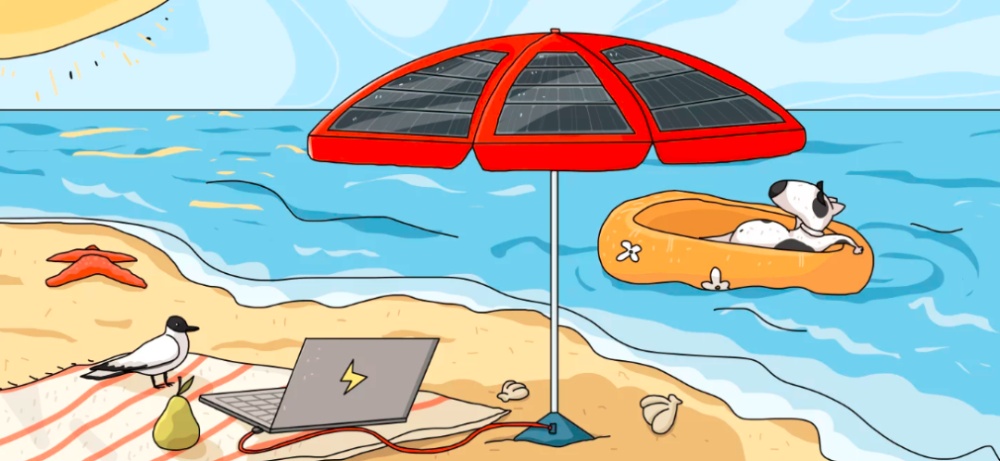
1. Floating solar power plants provide higher efficiency without occupying land
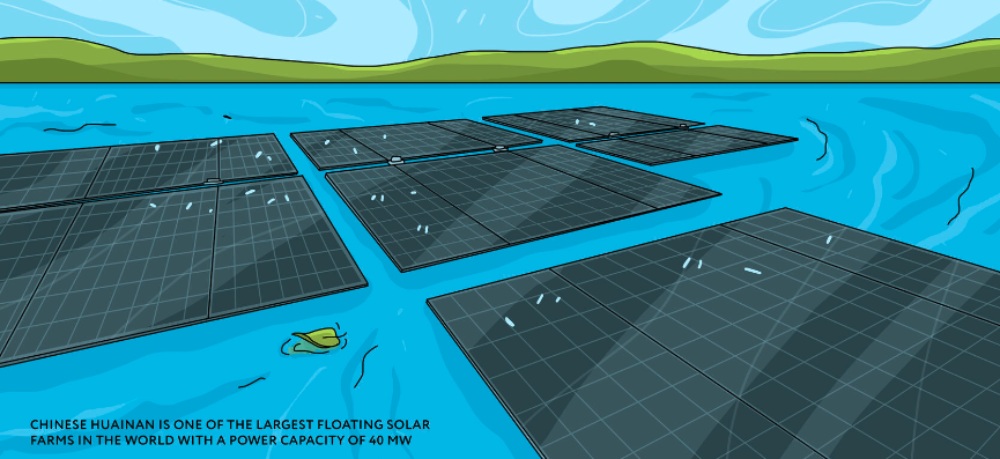
The so-called floating photovoltaic power generation is relatively old: the first floating solar power plant appeared in the late 2000s. Since then, the building principles have been improved, and now this new solar panel technology has achieved great success - so far mainly in Asian countries.
The main advantage of floating solar power plants is that they can be installed on almost any water body. The cost of floating photovoltaic panels is equivalent to that of similar size land installation. More importantly, the water below the PV modules can cool them, thus improving the efficiency of the entire system and minimizing energy waste. The performance of floating solar panels is generally 5-10% higher than that of terrestrial solar panels.
China, India and South Korea have large-scale floating solar power plants, but the largest is now being built in Singapore. This is really meaningful for this country: its space is so small that the government seizes every opportunity to use its water resources.
Floatovoltaics even began to cause a sensation in the United States. In June 2022, the US military launched a floating farm on the Big Mud Lake in Fort Prague, North Carolina. The 1.1 megawatt floating solar power plant has an energy storage device with a capacity of 2 megawatt hours. These batteries will supply power to Macaul camp during power failure.
2. BIPV solar technology enables buildings to be self-sustaining
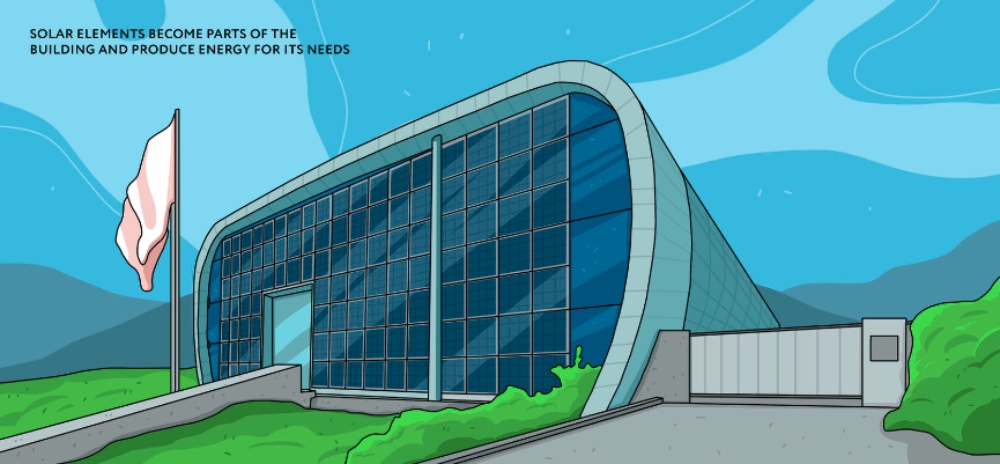
In the future, we will not install solar panels on the roof to power buildings - they themselves will become power generation equipment. The photovoltaic building integration (BIPV) technology aims to use solar cells as building components to become the power supply of future offices or houses. In a word, BIPV technology allows the owner to save the cost of electricity, and then save the cost of solar panel installation system.
However, this is not to replace walls and windows with panels and create "work boxes". The natural integration of solar energy elements does not affect people's work and lifestyle. For example, photovoltaic glass looks like ordinary glass, but at the same time it collects all the energy that passes through it from the sun.
Although BIPV technology can be traced back to the 1970s, it has not erupted until recently: solar cells have become easier to obtain, more efficient and more extensive. In response to this trend, some office building owners began to integrate photovoltaic components into their existing buildings. This is called building application photovoltaic. Building a building with the most powerful BIPV solar panel system has even become a competition among entrepreneurs. Obviously, the more environmentally friendly your enterprise is, the better its image will be. A shipyard owned by Asia Clean Capital (ACC) in eastern China seems to have won the trophy with its 19-megawatt installation.
3. Solar skin turns panels into advertising space
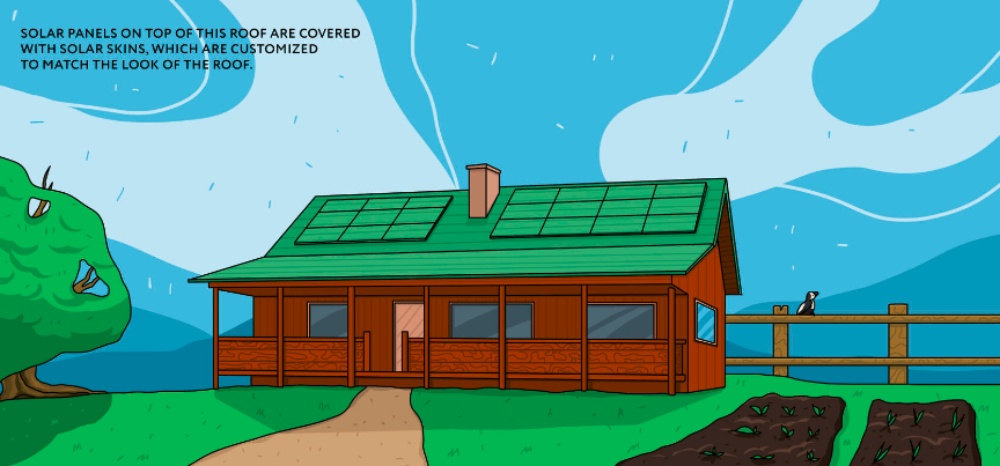
The solar shell is basically the package of the solar panel, which allows the module to maintain its efficiency and display anything on it. If you don't like the appearance of solar panels on the roof or wall, this novel RV technology allows you to hide them - just select the appropriate custom image, such as roof tiles or lawn.
This new technology is not only about beauty, but also about profits: enterprises can turn their solar panel systems into advertising banners. You can customize skins so that they display, for example, company logos or new products on the market. More importantly, the solar enclosure allows you to choose to monitor the performance of the module. The disadvantage is the cost: for the solar film skin, you must pay 10% more than the price of the solar panel. However, with the further development of solar skin technology, we can expect the price to drop more.
4. Solar fabric can let your T-shirt charge your mobile phone
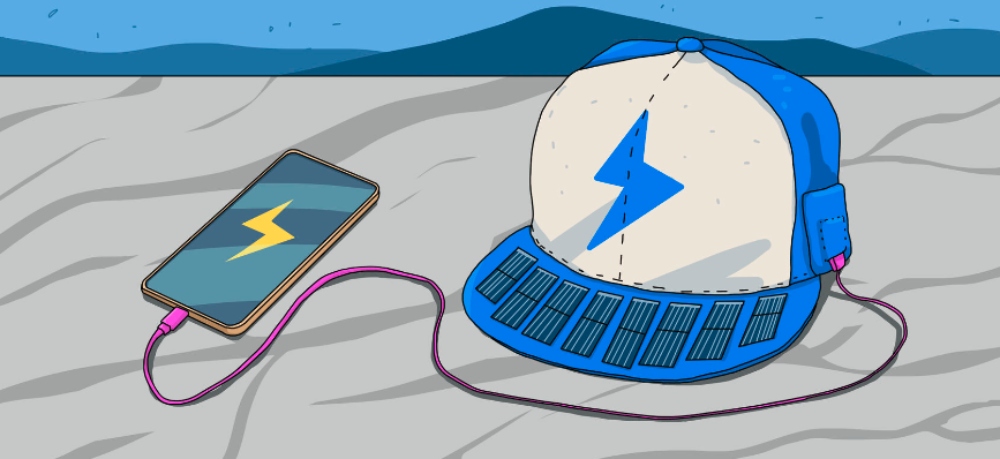
Most of the latest solar innovations come from Asia. Therefore, it is not surprising that Japanese engineers are responsible for the development of solar fabrics. Now that we have integrated solar cells into buildings, why not do the same thing with cloth? Solar fabric can be used to make clothes, tents and curtains: like panels, it can capture solar radiation and generate electricity from it.
The possibilities of using solar fabric are endless. Solar filaments are woven into textiles, so you can easily fold them and wrap them on anything. Imagine that you have a smart phone shell made of solar fabric. Your smartphone can be charged only by putting it on the table in the sun. In theory, you can simply wrap the roof of your home with solar fabric. The fabric will generate solar energy like a panel, but you do not need to pay for installation. Of course, the power output of the standard solar panel on the roof is still higher than that of the solar fabric.
5. Solar sound-proof barrier converts the roar of expressway into green energy
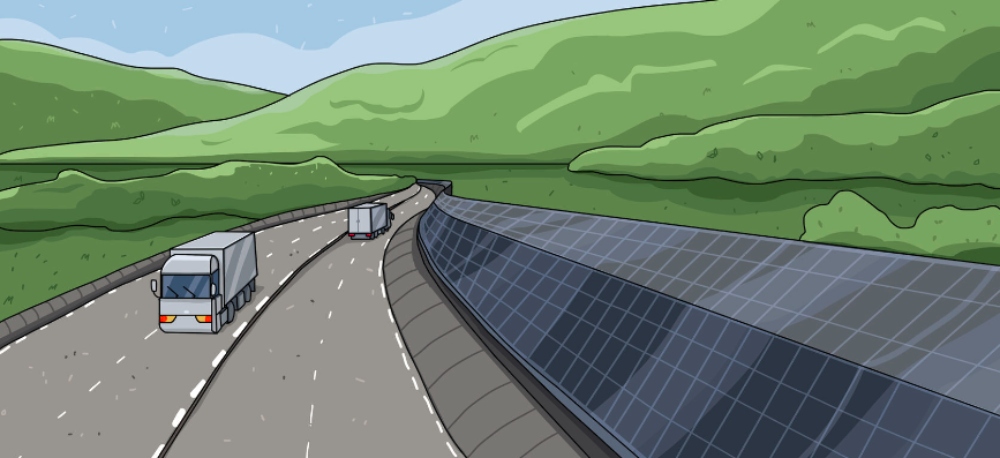
Solar noise barrier (PVNB) has been widely used in Europe, and also began to appear in the United States. The idea is simple: noise barriers are built to protect people in towns and villages from the impact of highway traffic noise. They provide a large surface area. In order to make use of it, engineers came up with the idea of adding solar cells to them. The first PVNB appeared in Switzerland in 1989. Now Germany has the largest number of highways with PVNB. In 2017, a record 18 barriers were installed. In the United States, the construction of such barriers did not begin until a few years ago, but now we hope to see them in every state. Experts from the United States Department of Transportation said that,
At present, the cost effectiveness of photovoltaic sound barrier is questionable This largely depends on the type of solar elements added, the electricity price in the region and the government's incentives for renewable energy. For example, the Germans do not even clean their noise barriers, because the efficiency improvement brought by this is economically unreasonable. However, the efficiency of PV modules is increasing, while the price is decreasing. This is why solar traffic noise barriers are becoming more and more attractive.



































